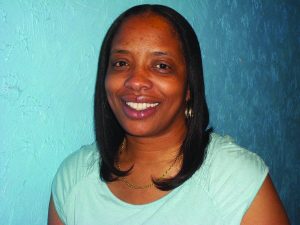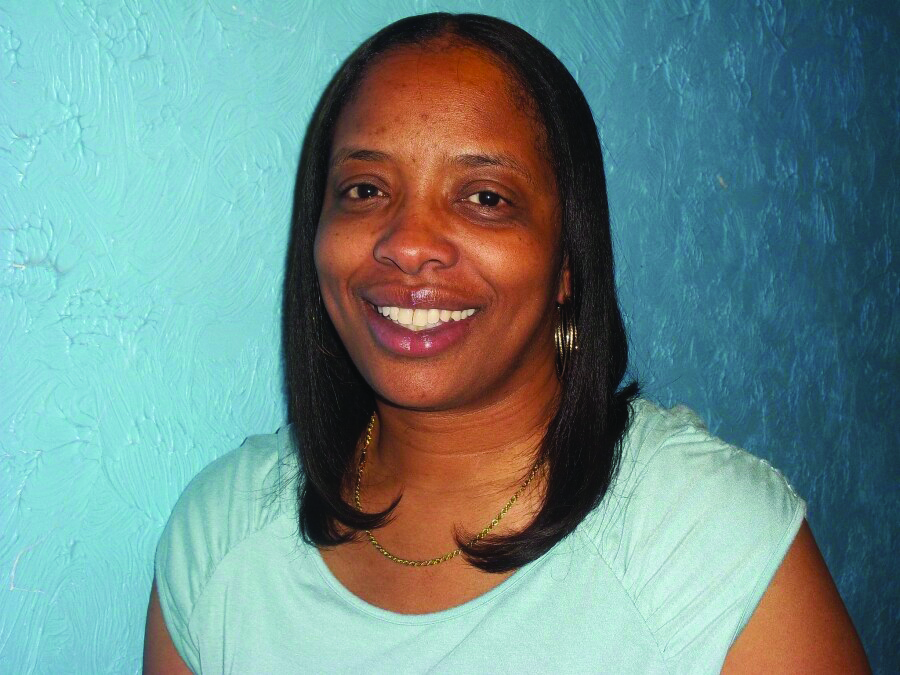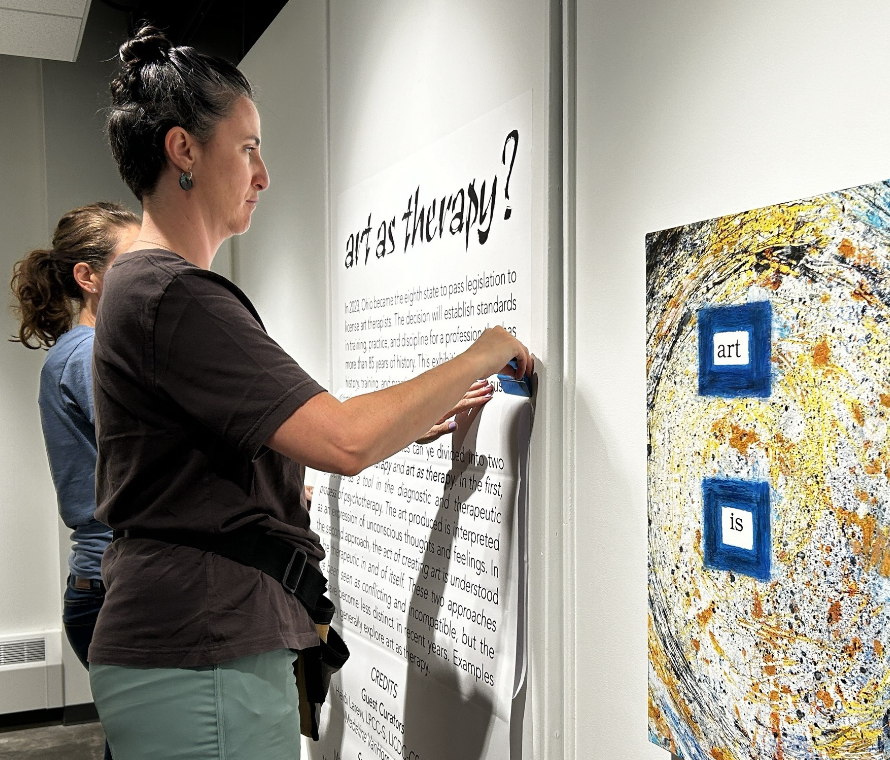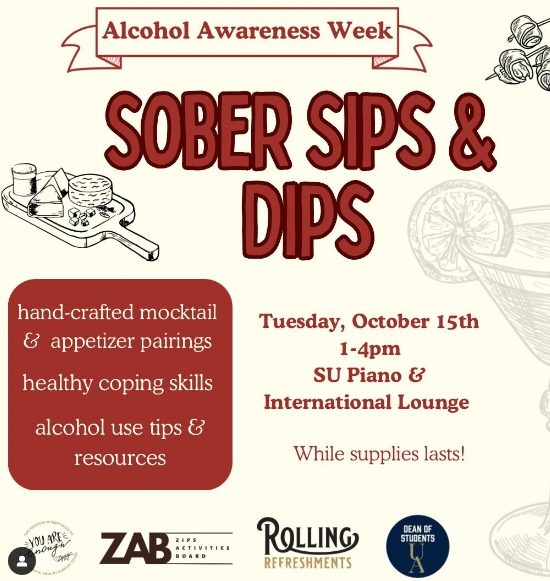Center for the History of Psychology expands
Center for History of Psychology receives $3.5 Million donation
September 8, 2014
The University of Akron’s Center for the History of Psychology, now officially renamed the Drs. Nicholas A. and Dorothy M. Cummings Center for the History of Psychology, will celebrate its fiftieth anniversary next year, and it has received an early birthday present.
Drs. Nicholas and Dorothy Cummings have made a generous donation of $3.5 million to the center, and will see their funds put to good use. The center currently occupies only the first floor of the building, and is divided into a small museum and a rare books reading room.
With the donation, the entire first floor will be expanded into a museum. The second floor, currently a giant slab of concrete, will be converted into a reading room coupled with a large selection of archives.
The entire process is estimated to take about two years to complete, as the center would like to keep as much of the lower level as useable as possible so students can still use the center’s resources. Contractors have already started renovations on the second floor.
This is not the first time the Drs. Cummings have donated to the psychology center. In 2005, they donated $1.5 million, which gave the center enough money to move from the basement of the Polsky building into the building on East Mill Street, where they are located in now.
The center has grown exponentially from their beginning in 1965. Psychology materials were extremely limited and there were only two offices. The center began to gain support and receive donations. Allowing them to receive their first collections, which were a bundle of manuscript papers.
Through fundraising and donations the center is able to design exhibitions, process collections, and pay their student employees. Today, they are home to over 1,000 instruments from the 18th and 19th centuries, testing materials, the largest collection of Abraham Maslow papers (the psychologist who created the pyramid of hierarchy of needs), and the oldest book in their collection, an Italian psychology book written in 1533.
The basement of the psychology center holds all the unprocessed material, and it is no small collection. Rows and rows of books, filed manuscript papers, film reels, and photographs occupy the space. The center hopes to hire a curator in order to process the material.
The hope is to also raise revenue by licensing various films and photos. Dorothy Gruich, head coordinator for the center, said “Being able to look and touch the original information for yourself is better than getting it fourth-hand through the internet.”
The center hopes to raise its visibility with the donation, with all of the helpful resources they have. In 2002, the center became a Smithsonian affiliate and will be able to borrow materials from the Smithsonian itself with the donation money.
Next year, during the fiftieth anniversary celebration the center is going to have a keynote speaker who played a major part in the famous Stanford Prison Experiment of 1971.
“This will become a first-class institution,” Gruich said.
In the next few years, the Drs. Nicholas A. and Dorothy M. Cummings Center for the History of Psychology will become a very high class research facility. The center does not only cater strictly to psychology aficionados, as its resources can be enjoyed by students of all concentrations in the years to come.











